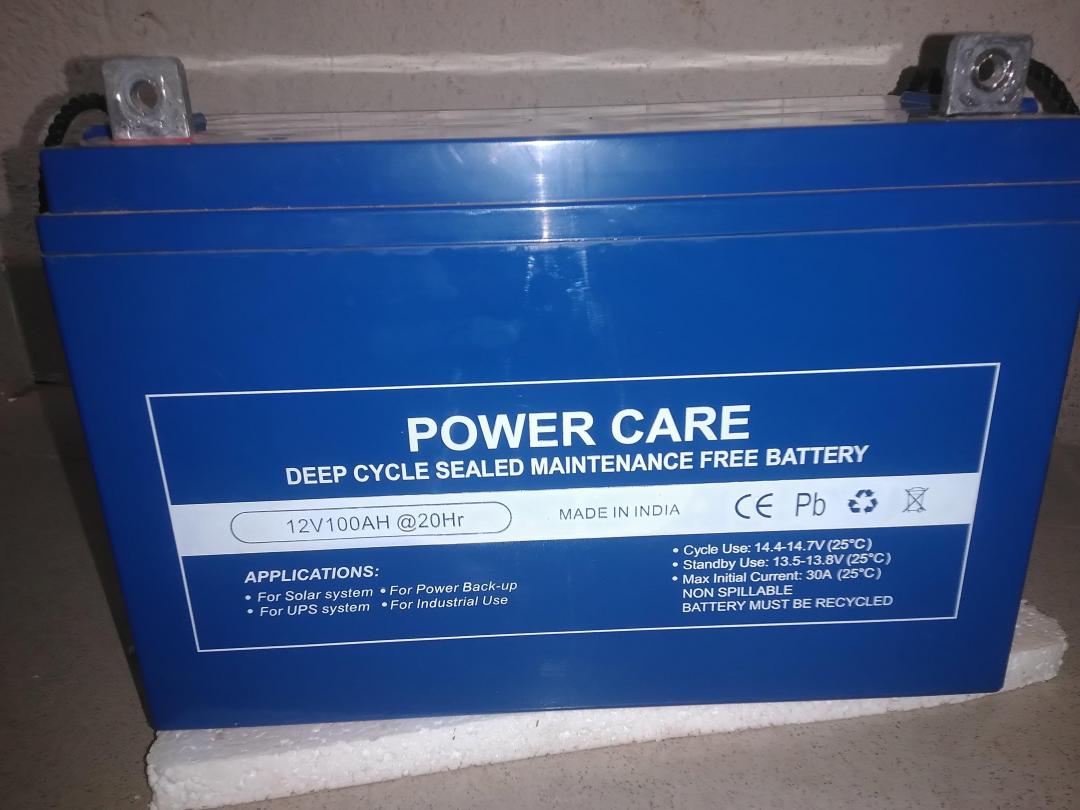- Details
- Category: Understanding Chargebacks & Refunds
- Hits: 5901
What do chargebacks mean for sellers & Buyers?![]()
A chargeback happens when a buyer asks their credit card issuer to reverse a transaction that has already cleared. This can mean that a payment you've received in your PayPal account could be reversed, even if you've already posted the goods – which can of course be frustrating.
PayPal will help you as much as possible if you wish to dispute a chargeback, but the final decision lies with the credit card company. However you can also get protection with PayPal's Seller Protection policy.
- Details
- Category: Understanding Chargebacks & Refunds
- Hits: 5082
Why do chargebacks occur?![]()
There are a few reasons why a buyer would request a chargeback:
- An unauthorised payment was made with the buyer's card
- The buyer didn't receive the item that was paid for
- There were errors in processing the transaction
- The item does not match its description
The maximum time a buyer has to file a chargeback with their credit card company is typically 120 days after the expected delivery of the agreed goods or services. Certain exceptions may apply.
- Details
- Category: Understanding Chargebacks & Refunds
- Hits: 4568
![]() If you wish to dispute a chargeback, you will need to provide certain information and evidence depending on the case. Below are the two most common reasons for chargebacks and the information you need to provide in each case:
If you wish to dispute a chargeback, you will need to provide certain information and evidence depending on the case. Below are the two most common reasons for chargebacks and the information you need to provide in each case:
1. The buyer didn't receive the item
You must provide either:
A tracking number as provided by Royal Mail Recorded Delivery and Parcel Force 24
Proof of a refund – this can be evidence from your PayPal account, the back and front copy of a cheque, or a money order used to reimburse the buyer
2. Unauthorised use of credit card
You should provide:
- Tracking number for delivery of the item
- Proof of a refund – this can be evidence from your PayPal account, the back and front copy of a cheque, or a money order used to reimburse the buyer
- Any communication from the buyer, such as emails or positive feedback on eBay
- Any contracts signed or information on the sent item
- Date that the item was sent and the address it was sent to
- For intangible items or subscriptions – any information regarding the item or service
In these and all other chargeback cases, the more relevant information you can provide, the better your chance of reversing the chargeback.
- Details
- Category: Understanding Chargebacks & Refunds
- Hits: 4770
Tips to help sellers avoid chargebacks![]()
- Track your delivery: Always use a postal method that provides online tracking and proof of delivery, which you can send to the buyer as soon as you have a tracking number
- Be accurate: Describe items in as much detail as possible, so buyers know exactly what to expect and cannot claim that an item is 'significantly not as described'
- Know your customer: Ask for more information such as their full name and address, get in touch with them and review eBay feedback (if available)
- Deliver on time: Always post your items in a timely manner - where possible, you should aim to dispatch your items within seven days of receiving payment
- Be transparent: Make sure that buyers know about your returns policy
- Be responsive: Don't let buyers feel that their problems are unresolved
- Post carefully: Avoid posting to an address different to the one provided by PayPal
- High-risk countries: We advise extra caution when posting to Macedonia, Lebanon, Ukraine, Lithuania, Nigeria, Romania, Pakistan, Bulgaria and Indonesia.
- Check ID: If a buyer collects an item in person, ask them to bring along proof of identity. If another person is collecting the item, they should also bring proof of identity and a signed note from the buyer authorising them to collect on their behalf. Note: Payments received in person are not covered under the Seller Protection policy.
- Details
- Category: Understanding Chargebacks & Refunds
- Hits: 4750
![]() When PayPal is notified that a buyer has filed a chargeback against a seller, PayPal emails the seller as soon as possible. Then, the seller can log into their PayPal account and go to the Resolution Center to monitor the status of the case and provide information to help resolve the matter.
When PayPal is notified that a buyer has filed a chargeback against a seller, PayPal emails the seller as soon as possible. Then, the seller can log into their PayPal account and go to the Resolution Center to monitor the status of the case and provide information to help resolve the matter.









































